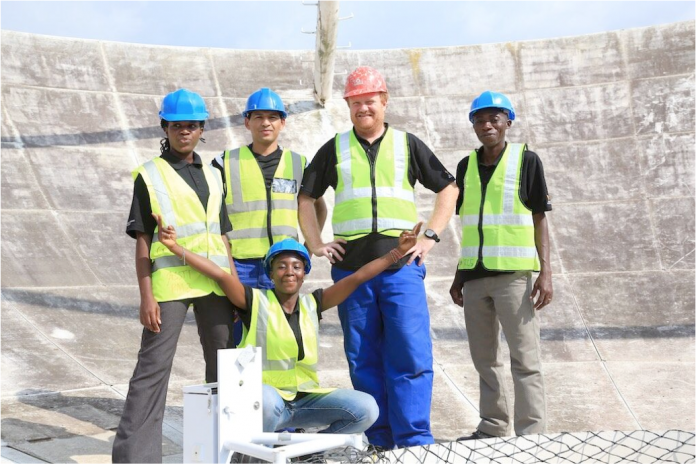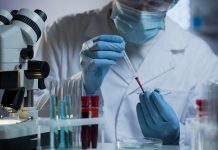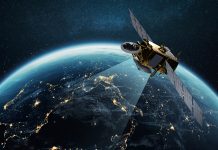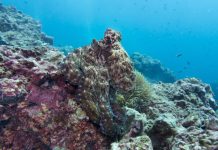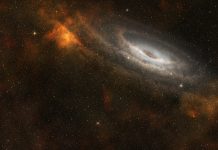Melvin Hoare, Professor of Astrophysics, University of Leeds discusses how the UK’s Newton Fund is helping developing nations to engage in science and research
The UK’s Newton Fund is enabling new scientific collaborations with developing countries to be built in many different areas. Here a programme where radio astronomy is being used to inspire young people to take up STEM training in Africa is described. A partnership between universities in the UK and South Africa, along with industrial partners from the space sector, is creating the next generation of scientists in countries such as Ghana, Kenya and Zambia.
The UK government’s commitment to spending 0.7% of GDP on Overseas Development Assistance (ODA) is being utilised for innovative new ways of promoting development via the Newton Fund. The People strand of this new fund aims to train and inspire the next generation of scientists in developing countries through collaboration with the UK. It is well recognised that the highly developed science and technology sector that the government supports in the UK is a driver for economic growth. Therefore, growing a highly trained cadre of scientists and inspiring the take-up of STEM subjects in a developing country is seen as a new way to meet ODA goals.
Astronomy has long been known as a subject that inspires young people to take an interest in science. In Africa, it is radio astronomy that is coming to the fore with the continent hosting its first big science project in the form of the Square Kilometre Array (SKA) – the world’s next generation radio telescope. One-half of the first phase of this €650M international project will be constructed in South Africa and completed by 2023. This is an endeavour in which the UK is playing a leading role. The second phase is planned to extend the network of advanced radio antennas into eight African partner countries by around 2030. In the run up to the full SKA, South African engineers are currently constructing a network of more traditional radio dishes in the eight African partner countries called the African Very-Long-Baseline-Interferometry Network (AVN). These will be linked together to simulate a telescope the size of the continent and deliver very high spatial resolution radio images.
The DARA project
At present, there is little or no astrophysics activity in the African partner countries. The construction of the AVN has been the catalyst for a Newton Fund project called Development in Africa with Radio Astronomy (DARA). This has received £650k in its first three years to train the first generation of radio astronomers in Kenya, Zambia, Ghana, Namibia and Botswana. The project is a partnership between the universities of Leeds, Manchester, Oxford and Hertfordshire and various South African partners. Industrial partners include Goonhilly Earth Station Ltd. (GES), an SME that is running a satellite communications business on the ex-BT site in Cornwall, with some assistance from the UK’s Regional Growth Fund. GES is also working with university partners to develop radio astronomy capabilities on the large Goonhilly dishes. This re-purposing of defunct telecommunications infrastructure is also the model for some of the AVN dishes in Africa.
Training by the DARA project is delivered in a three-tiered approach. Advanced training is provided to a few students via PhD and MSc placements in the UK and SA, with the aim of establishing the cores of sustainable astrophysics research groups in each of the AVN partner countries. Basic training is delivered to ten students per year, per partner country to provide a pool of candidates for advanced training and to educate the trainees in the many industrial opportunities in areas related to radio astronomy, especially in the burgeoning space sector that is growing at a rapid rate in the UK. The trainees also receive training in science outreach and this leads directly to the third tier. An outreach programme is going into many schools in each of the partner countries to bring the excitement of astronomy and space science to a large number of young people. One such event at the high school situated next to the dish to be converted in Zambia involved hands-on astronomy activities for the whole school delivered by the newly recruited team of basic trainees and was very well received.
These activities have the aim of increasing STEM take-up at all levels and hence growing the fraction of the population who are equipped to use this knowledge for economic development.
It has been clear from the start of the DARA project that despite the circumstances in these developing countries the appetite for learning about radio astronomy and the related skills in science and technology is huge. Applications for places on both the advanced and basic training programmes have been significantly over-subscribed and there is great interest from the local universities to start-up astrophysics provision in their curricula. This is a good step on the way to self-sustainability for the project with those returning from advanced training in the UK able to teach the subsequent generations.
The partnerships and collaborations built up between the UK, South African and the African partners during the project will be sustained and grow into the era when the SKA is up and running in Africa. This will benefit the UK partners through increased research activity and the development of deep links with African universities. The long-standing commitment of the UK to science and technology together with the new use of scientific collaboration to achieve international development goals will result in economic benefits for both the UK and Africa.
Melvin Hoare
Professor of Astrophysics
University of Leeds
+44 113 3433864
m.g.hoare@leeds.ac.uk
Please note: this is a commercial profile

